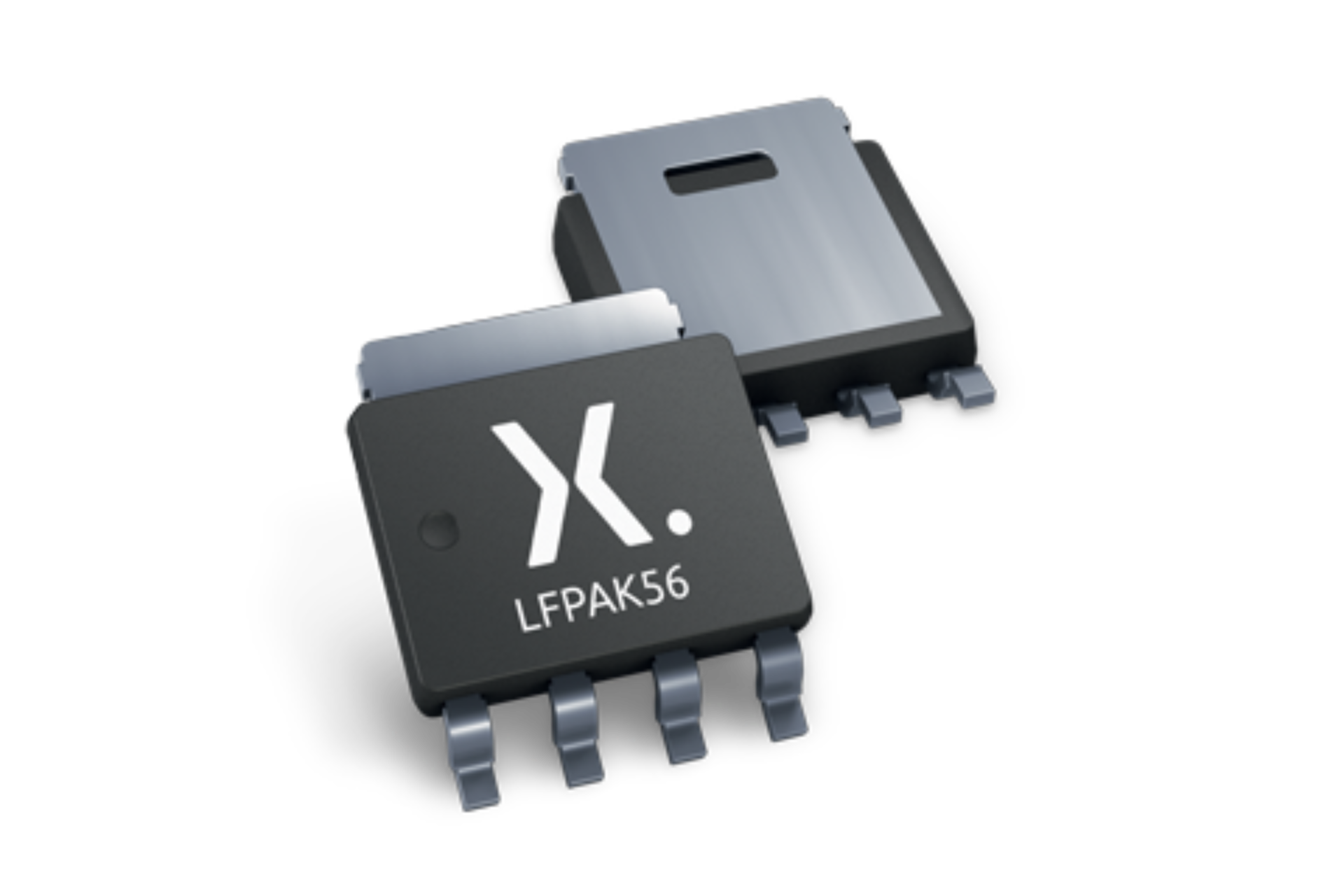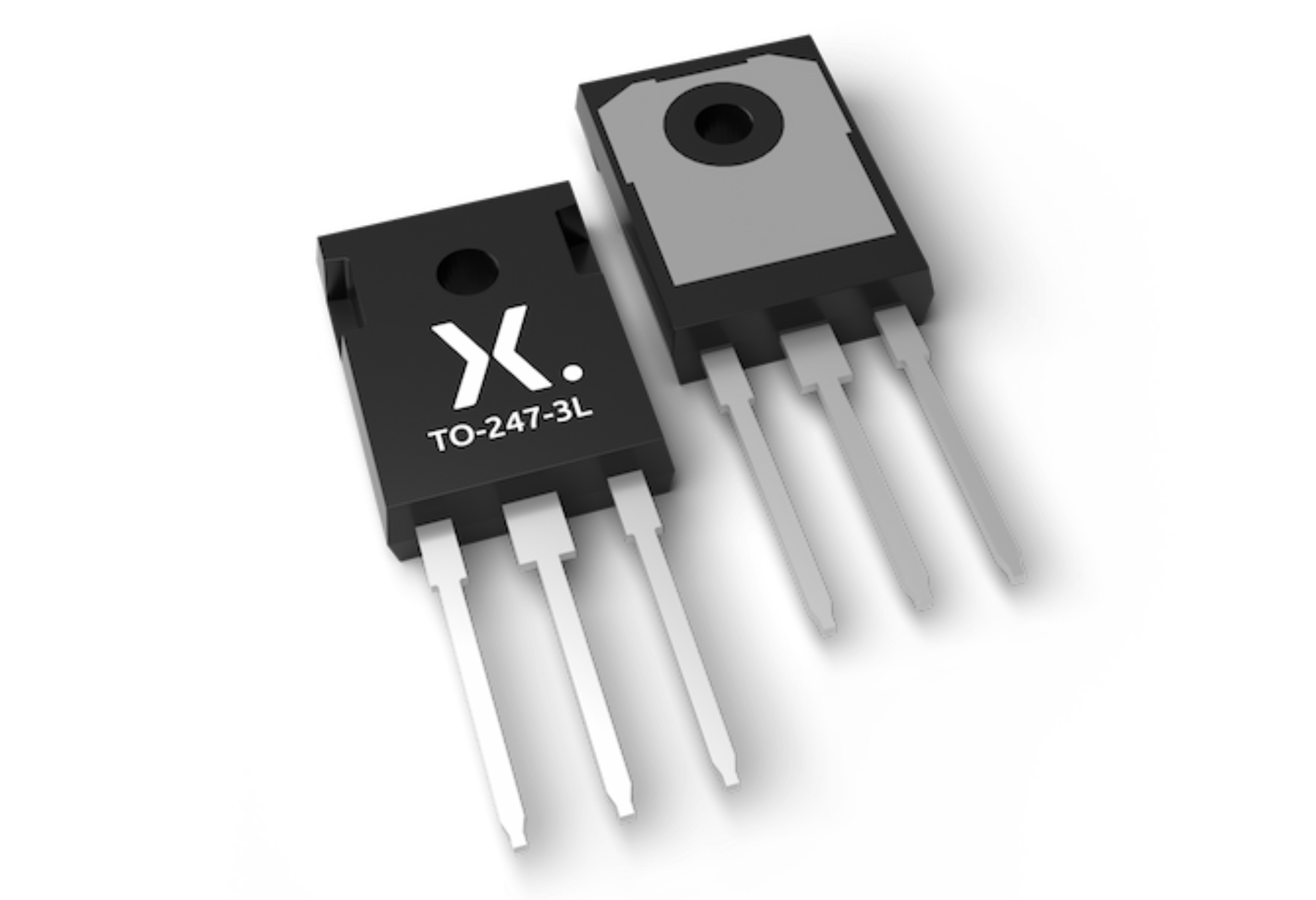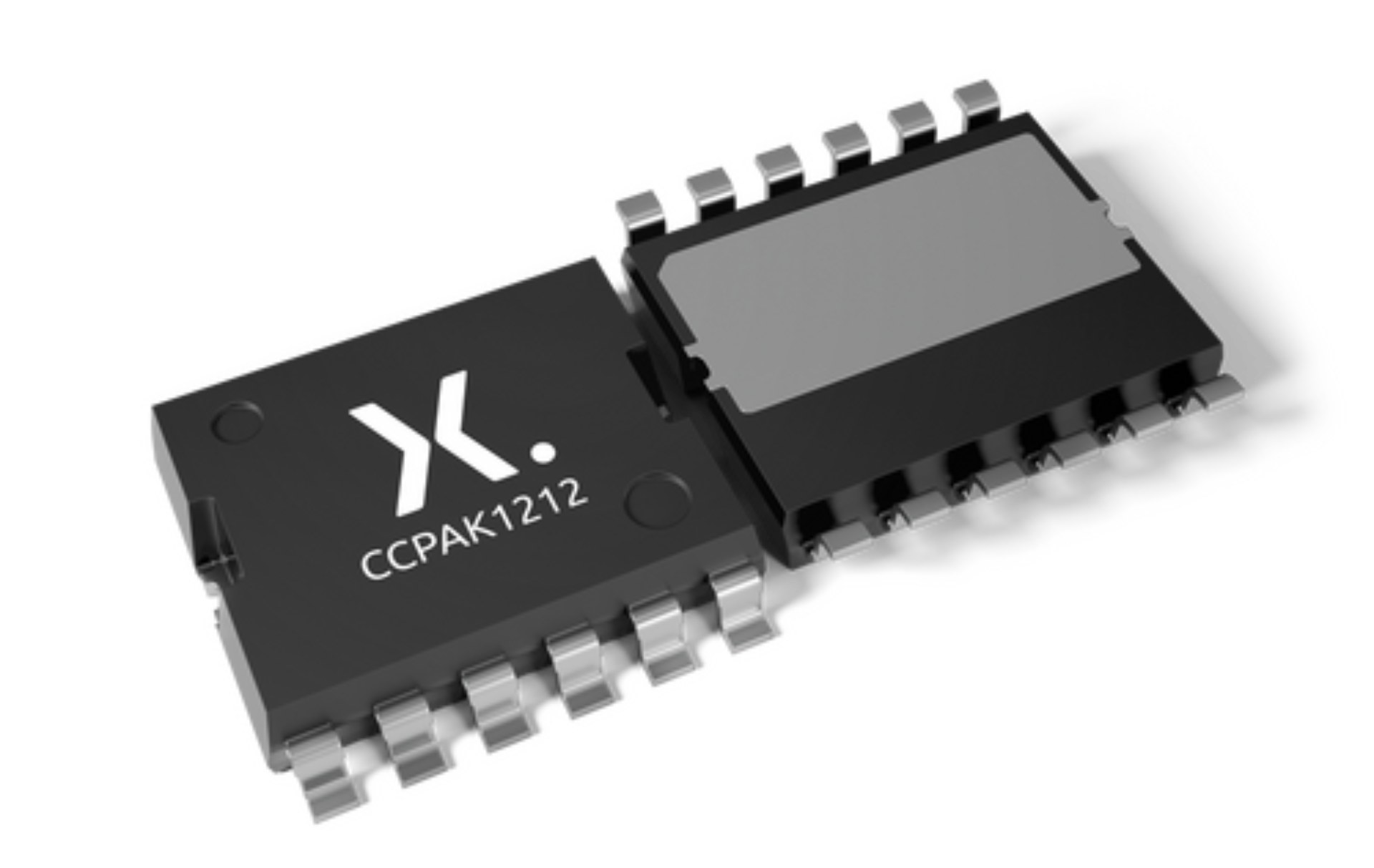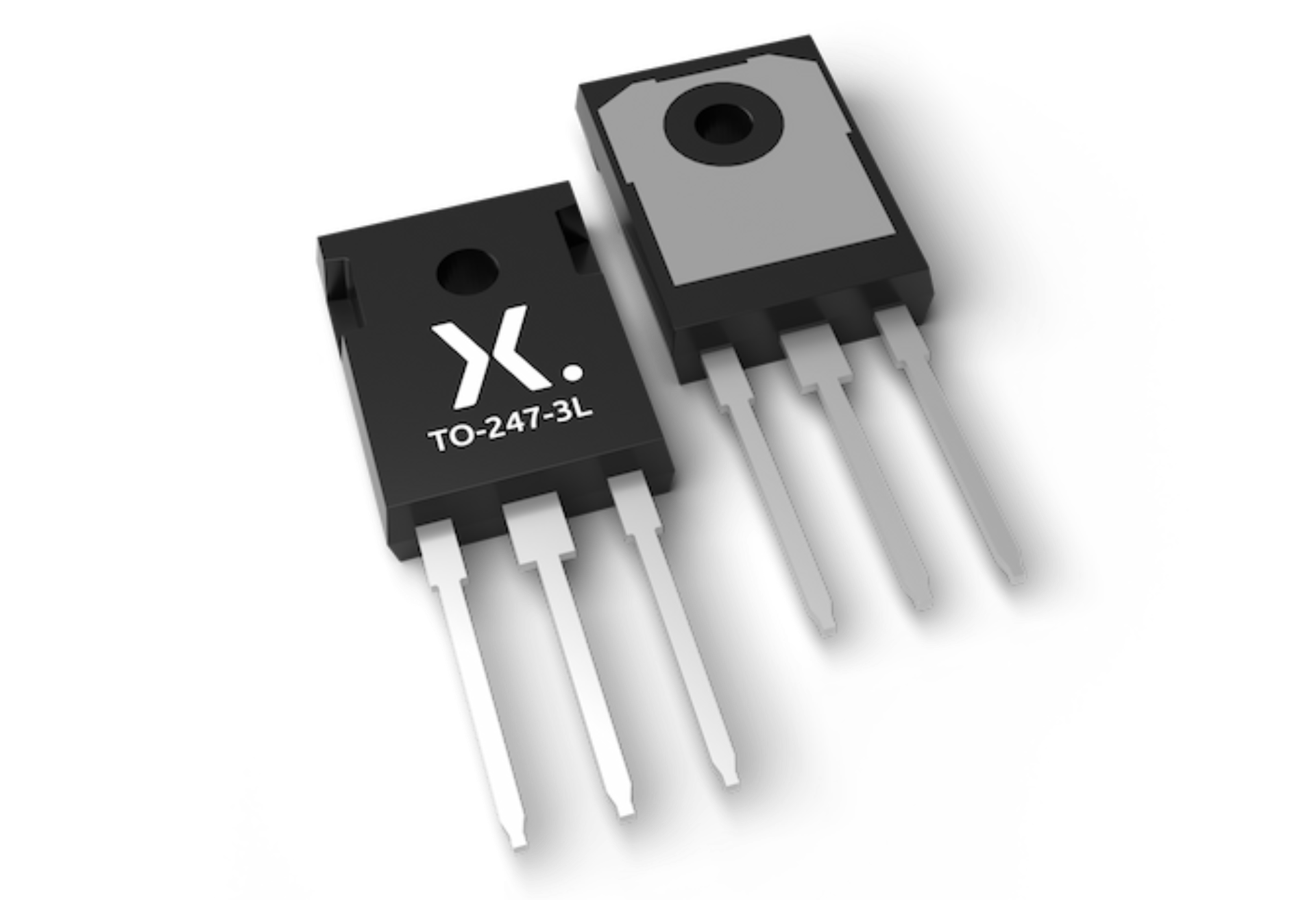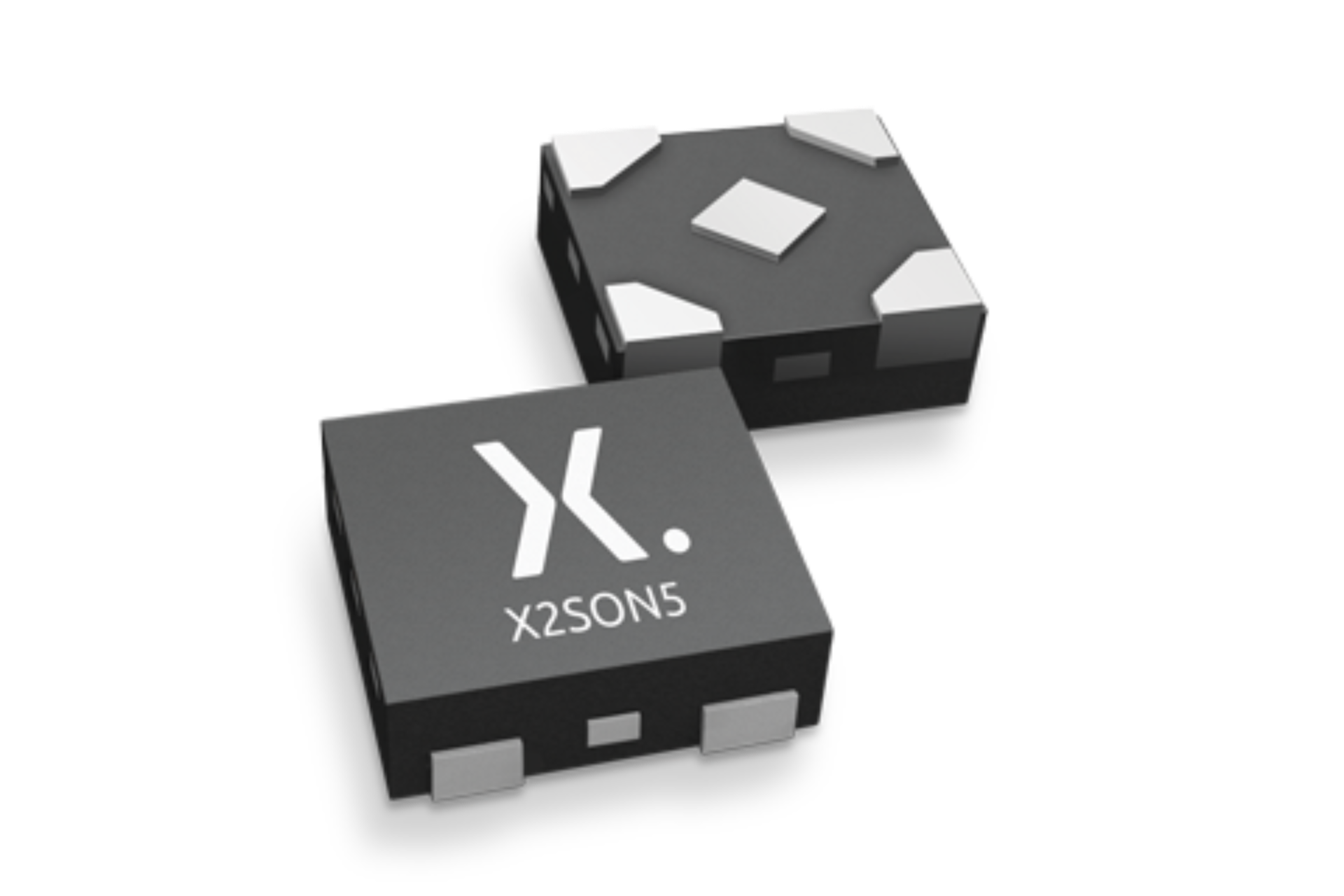Products
设计考虑因素
- 开始采用PWM驱动无刷直流电机控制
- 电机驱动MOSFET必须以低RDSon和良好的热阻抗来满足峰值高电流需求
- 如果过载情况会降低电池和栅极电压,则可能需要具有强线性模式性能的MOSFET来提供反向电池保护
- MOSFET可能需要满足UL2595等的具体间距要求
- 为小尺寸优化的电荷平衡MOSFET,通常装在可移动电池组中——每个电池一个

Adaptive energy harvesting PMIC enables environmentally friendly autonomous, connected devices
Ambient energy harvesting has often been proposed for recharging batteries in remote internet-of-things devices but hasn’t yet taken off. Nexperia's new dedicated PMIC is set to radically improve the viability of energy harvesting with significant benefits for the environment.
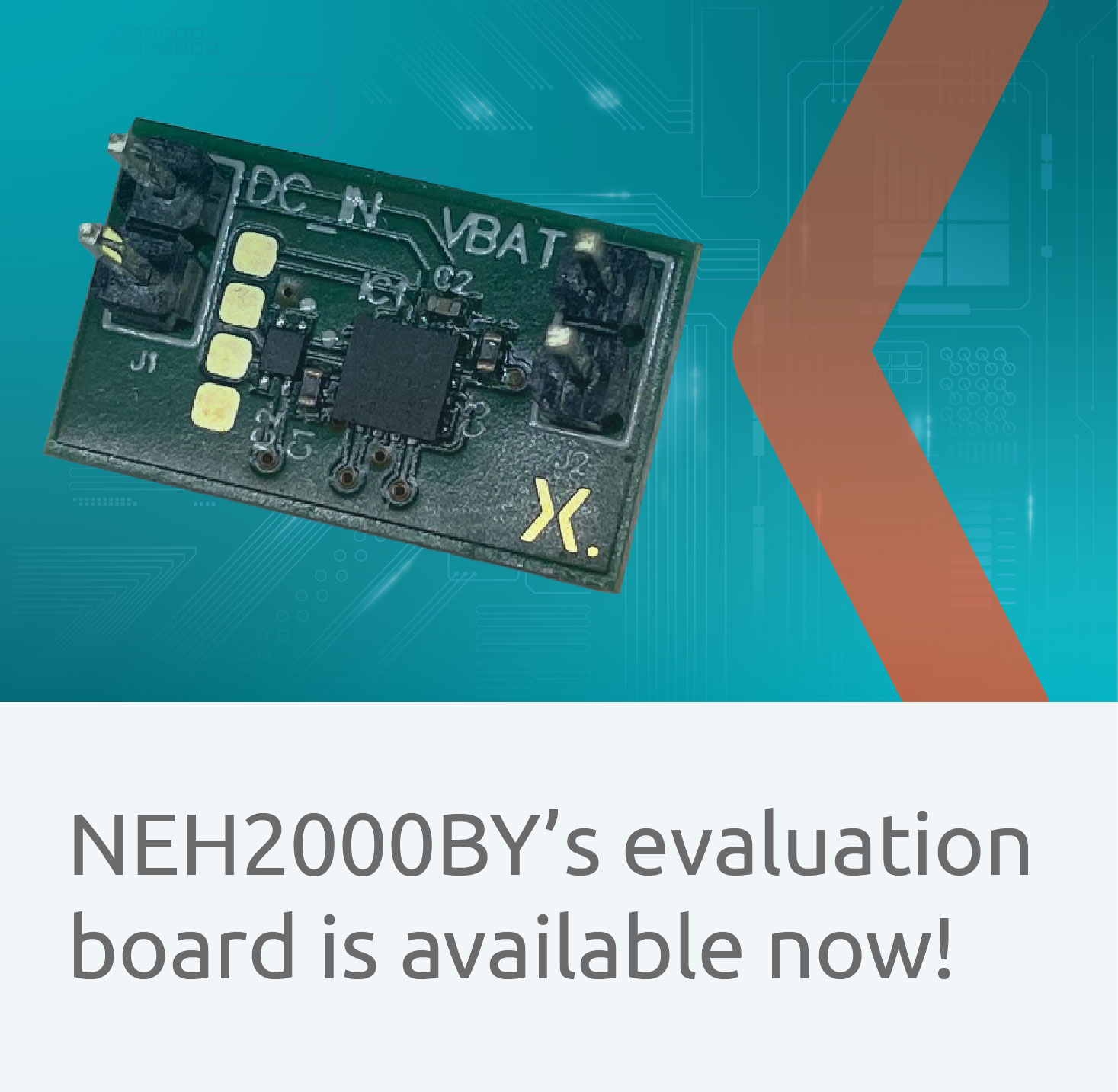-01.jpg)



